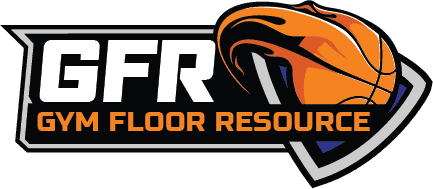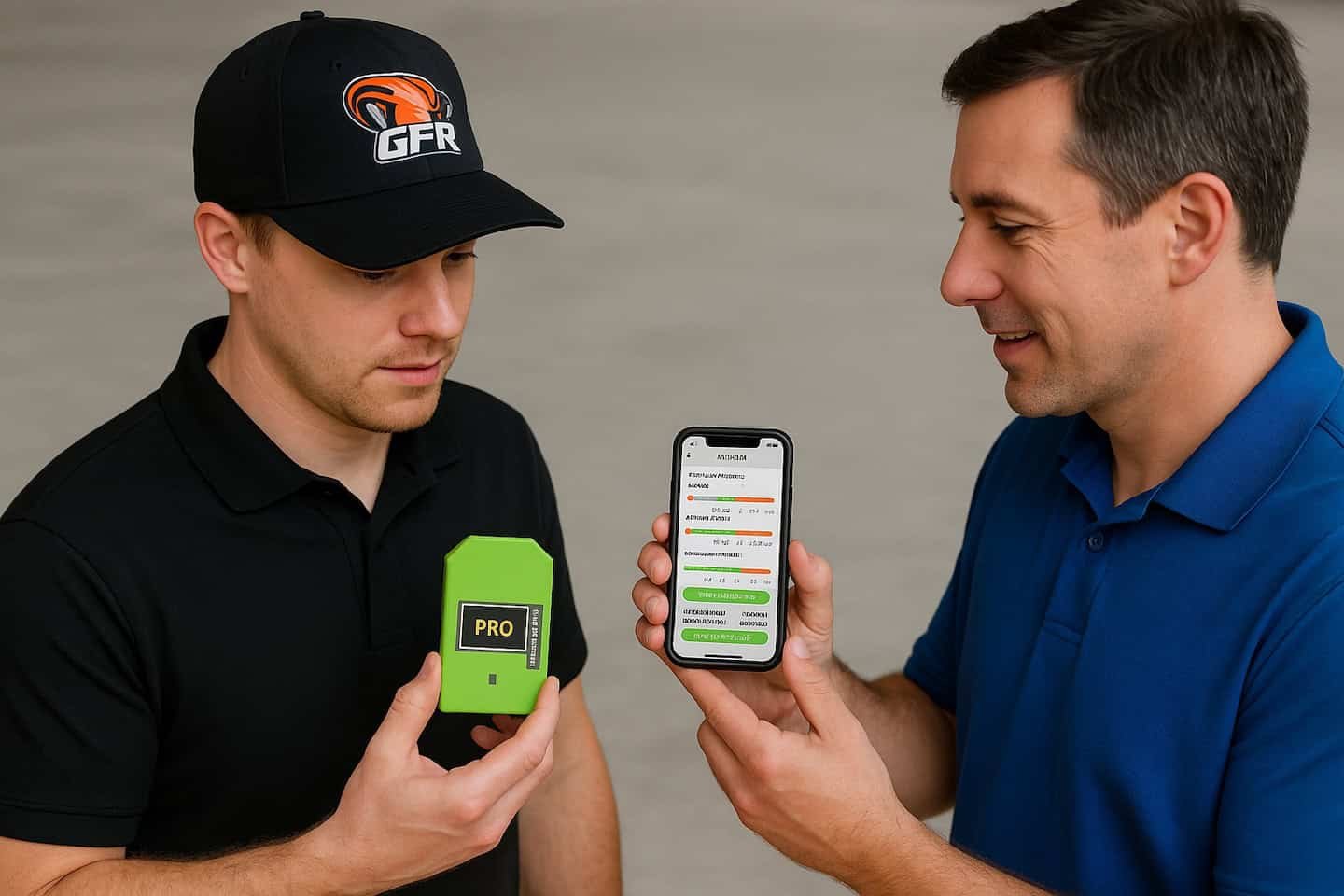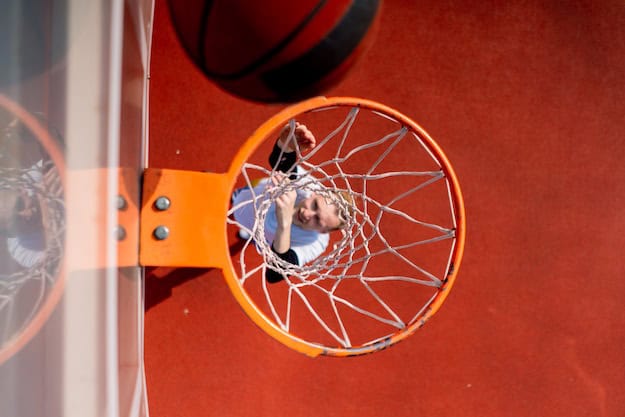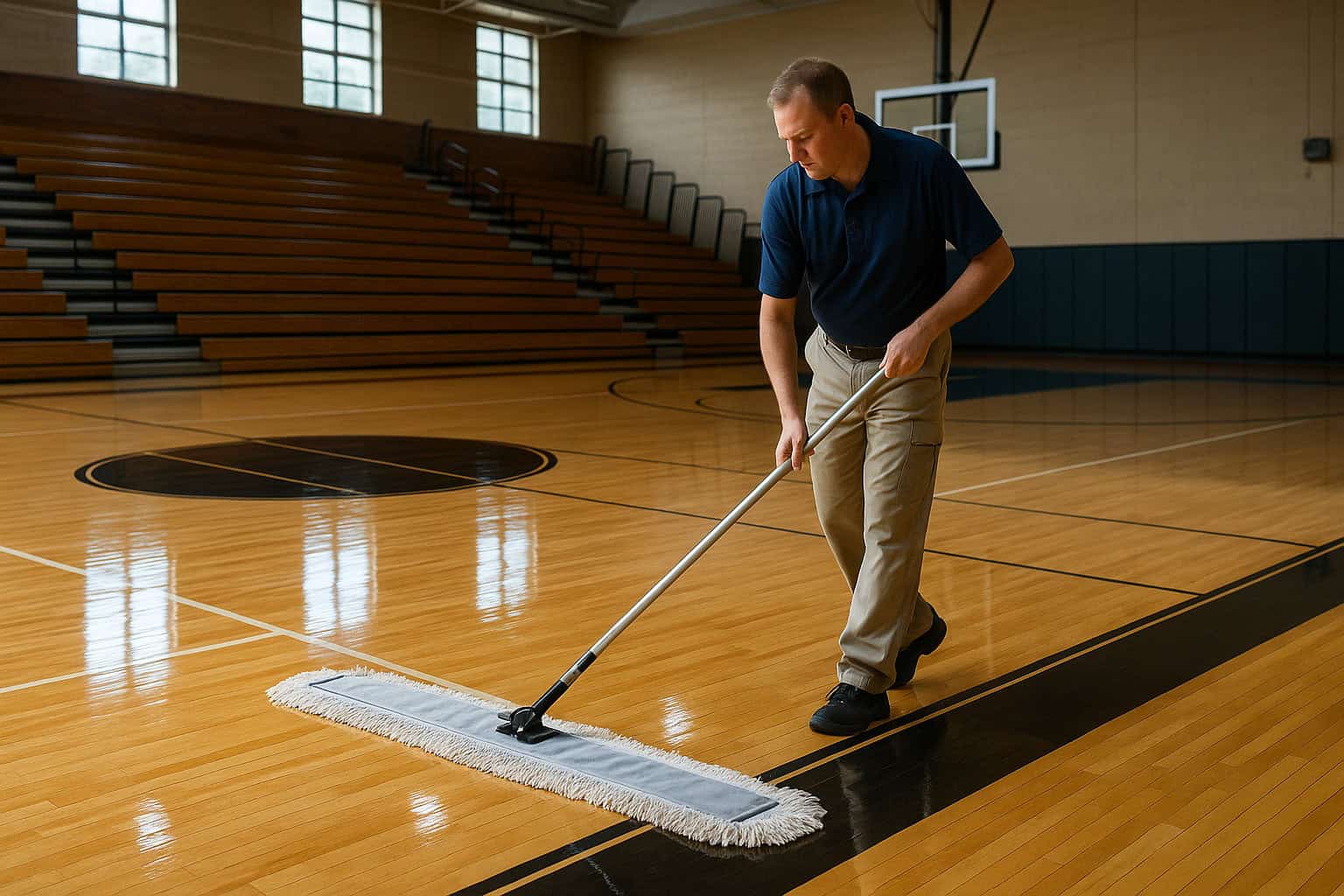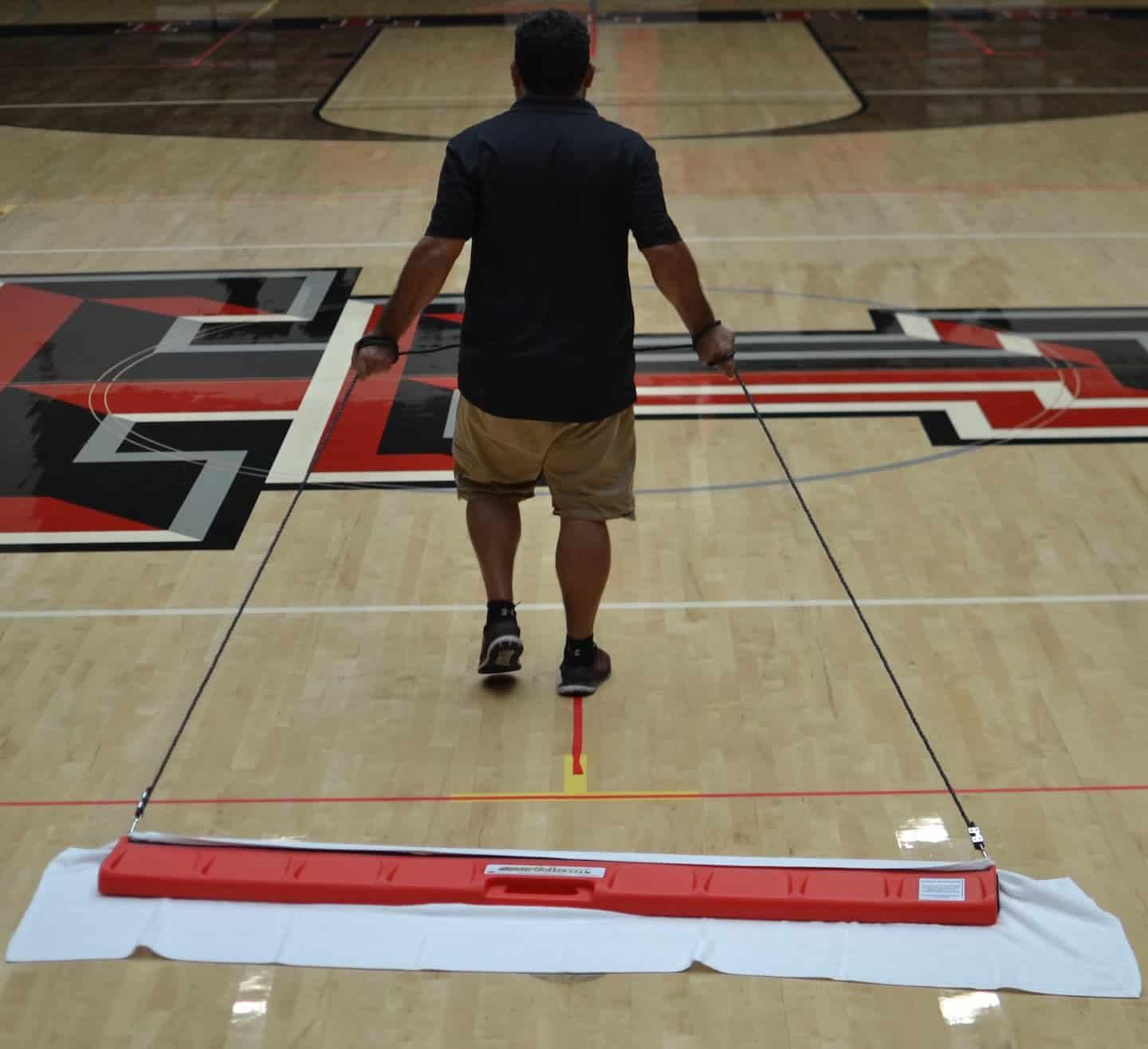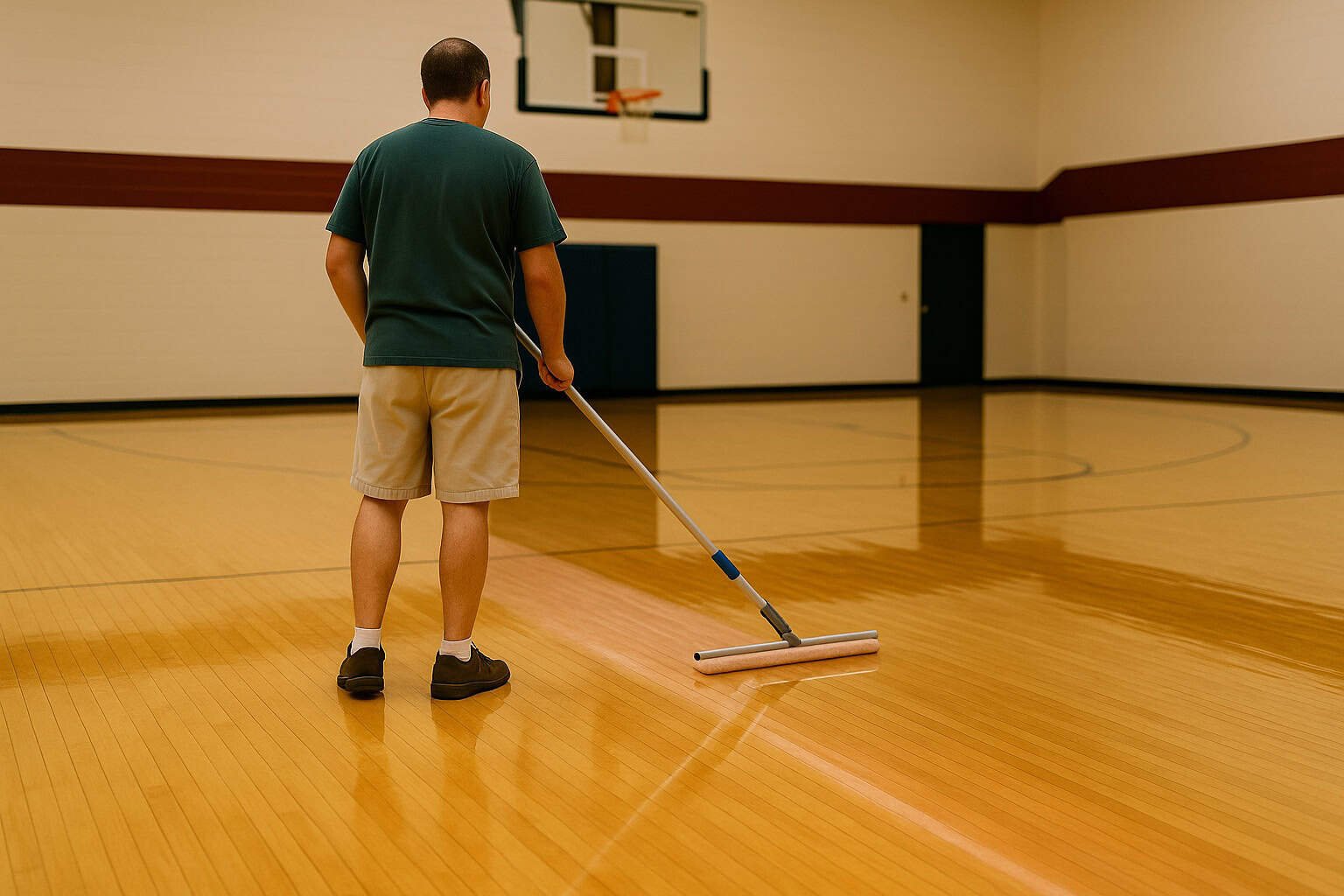As a flooring contractor, your goal is to deliver outstanding installations and minimize callbacks. One key way to enhance your projects—and increase client satisfaction—is by selling RH and temperature monitoring solutions. Whether you’re working on sports facilities or residential properties, these systems offer significant benefits and represent minimal additional costs relative to the protection they provide.
Why Offer RH & Temperature Monitoring?
Moisture-related issues account for the majority of flooring failures, warranty claims, and costly callbacks. Monitoring RH and temperature helps ensure optimal installation conditions, preserving the quality of your work and protecting your clients’ investments.
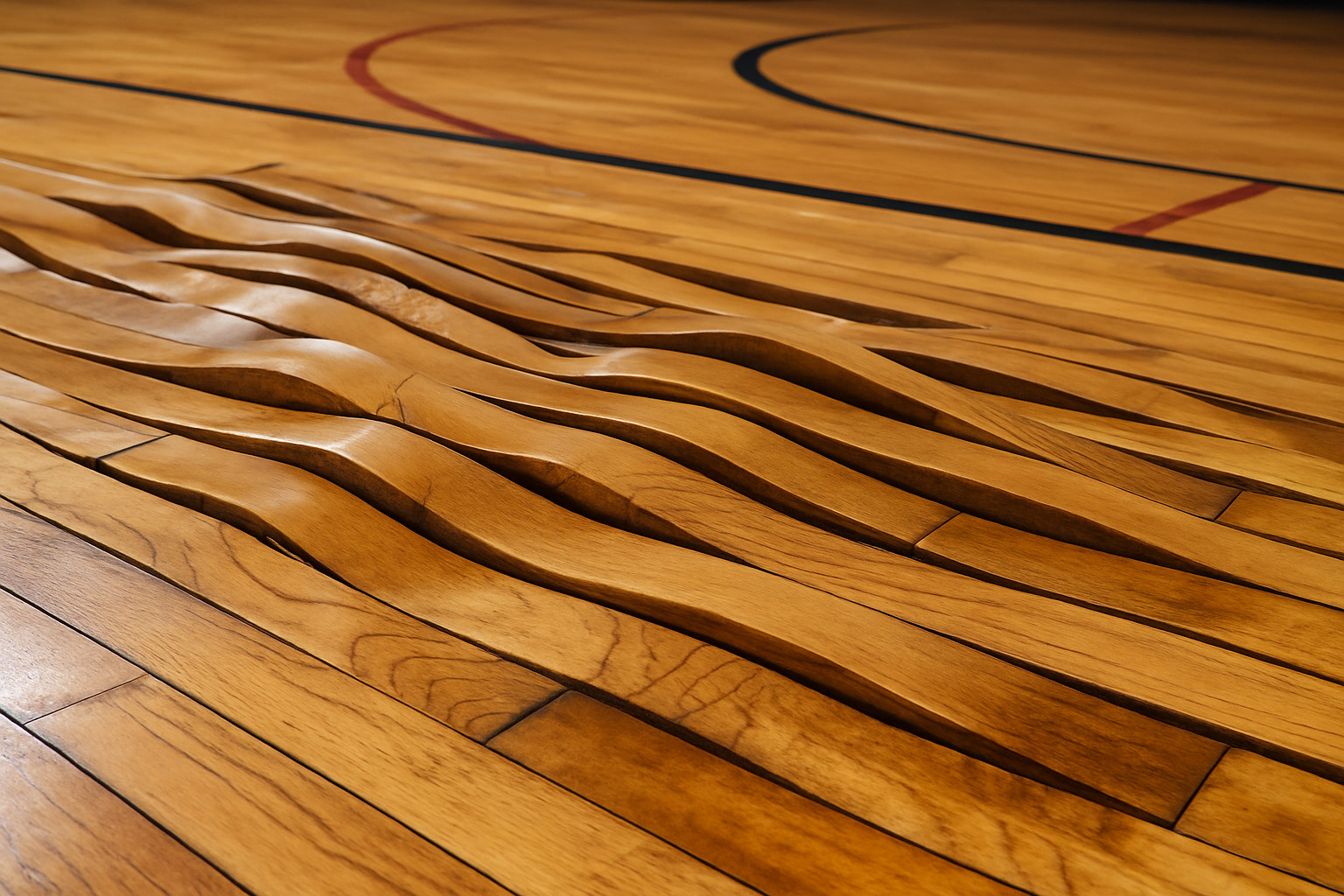
Step-by-Step Guide to Selling RH & Temperature Monitoring
Step 1: Educate Yourself on the Benefits
Before discussing monitoring with clients, fully understand the value these systems provide:
- Warranty Protection: Comply with standards from MFMA and NWFA to maintain manufacturer warranties.
- Reduced Liability: Data logging provides documented proof that proper installation conditions were met.
- Cost Savings: Prevent expensive repairs due to moisture-related damage, typically ranging from $15,000 to $30,000 or more for sports floors.
- Peace of Mind: Continuous monitoring offers clients reassurance about their flooring investment.
Step 2: Prepare a Clear Value Proposition
Craft a concise, persuasive message highlighting:
- The relatively low cost of sensors (typically $150-$200 each).
- Automatic notifications when RH or temperature conditions go outside of the allowable range. (Requires WiFi or cellular based sensors)
- Real-world examples of moisture damage, impact on customers, and the cost of replacing/repairing moisture damage.
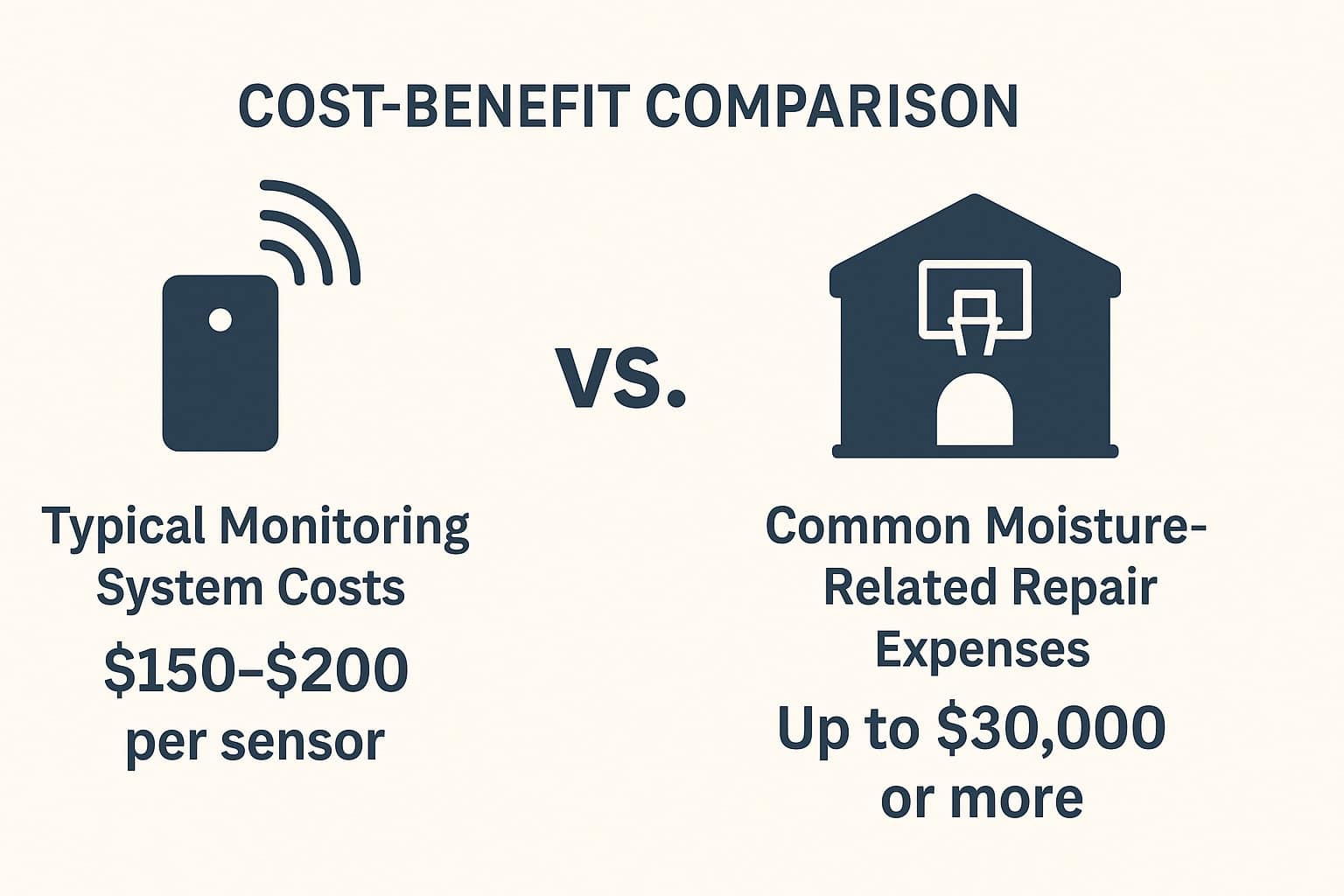
Step 3: Address Common Objections Proactively
Clients often push back on two primary concerns:
- Cost Objection: Clearly explain the low cost (approximately $600-$800 for a typical basketball court needing four sensors or around $150-$200 per 1,000 sq ft in residential).
- Value Perception: Emphasize potential savings against costly repairs and how small initial investments prevent major expenses later.
Step 4: Demonstrate the Technology
Offer live demonstrations or provide product samples (such as SmartPlank Pro Smart Sensor or Wagner Meters Floor Sentry Sensor). Show how easy the systems are to use and monitor, emphasizing minimal maintenance and straightforward installation.
Step 5: Integrate Monitoring into Your Proposal
Include RH and temperature monitoring as a standard or optional line item in your project proposals. Presenting it as a valuable, protective measure rather than a luxury helps clients appreciate its necessity.
Step 6: Follow Up with Case Studies and Testimonials
Provide success stories, testimonials, or simple case studies from previous installations where monitoring saved substantial time, money, or preserved warranty claims.
Recommended Products for Easy Selling:
- SmartPlank Sensors and Complete Monitoring Solutions: Cellular connectivity, no monthly fees, easy remote monitoring of all client sites.
- Wagner Meters Sensors: Bluetooth enabled sensors provide accurate data logging of RH and Temp.
Explore these options on our website:
Final Tips to Close the Sale:
- Remind clients that moisture issues are frequent and costly; monitoring is an affordable insurance.
- Reinforce the minimal upfront cost against potential repair expenses.
- Highlight ease of monitoring and maintenance-free operation to address convenience concerns.
Conclusion
Selling RH and temperature monitoring systems isn’t just about adding value, it’s about protecting your client’s investment and your professional reputation. Start incorporating these steps today, and you’ll see fewer callbacks, more satisfied customers, and stronger profitability in your business.
